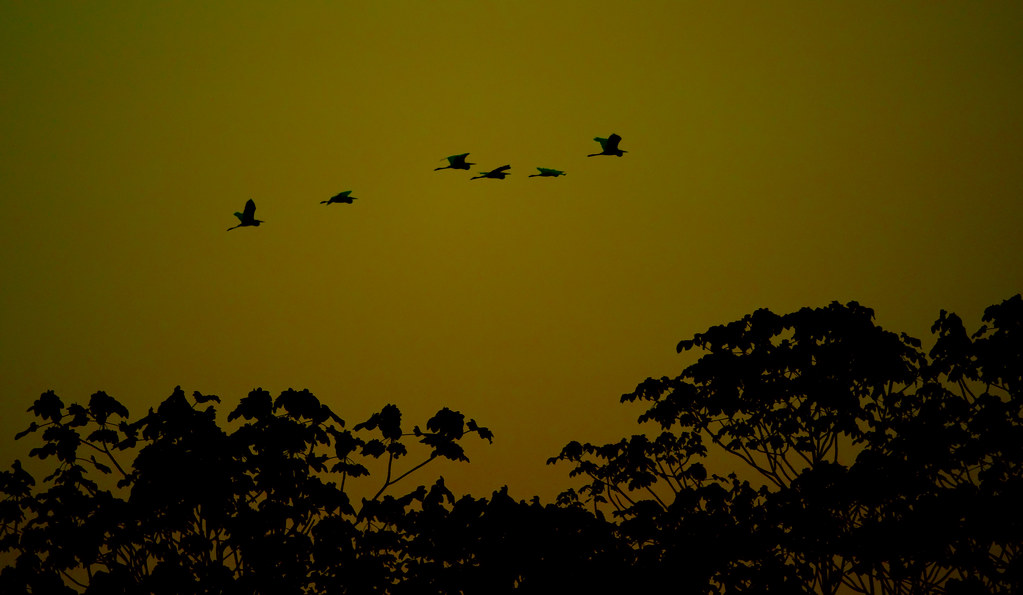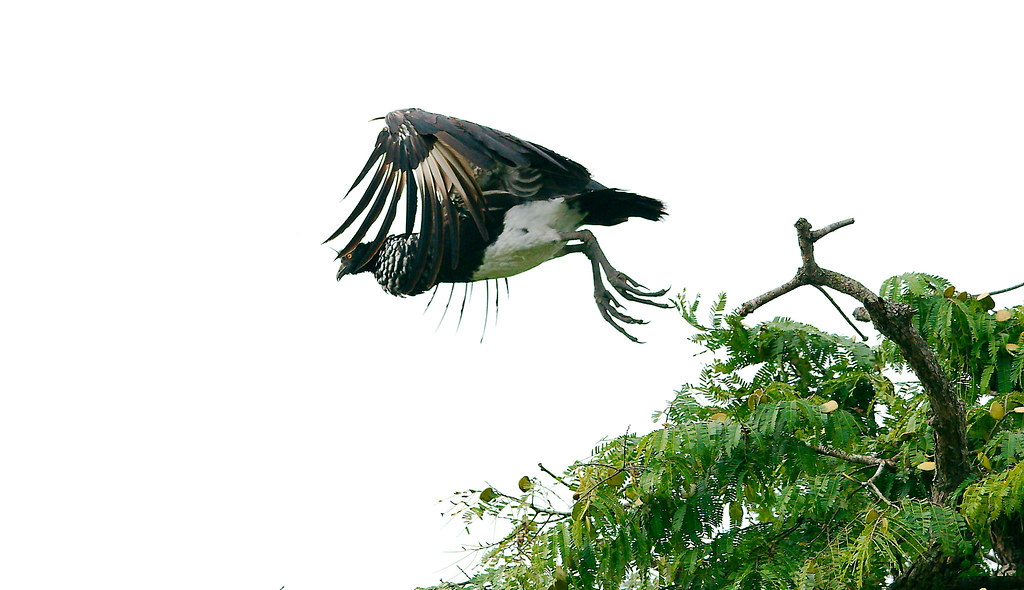I used to think that the reason I never saw any vampire otters was because zoos are only open during the day.
Coquerel’s sifaka (Propithecus coquereli)
Suddenly realized that, because light is made of photons and photons have energy, and almost no substances approach 100% reflectivity, that when light shines on something, it gets just a little bit bigger.
This means that contrary to literature, shadows are not extremely thin. Instead, shadows bore very shallow holes into everything they touch.
Shrimp
Chestnut-backed Thrush (Geokichla dohertyi)
Southern White Rhinoceros (Ceratotherium simum simum)
Peru 2015 – Goodbye to Peru
Red Kangaroo (Macropus rufus)
Black and Gold Howler Monkey (Alouatta caraya)
Peru 2015 – Marmoset
Pictures not by me
I went, with friends, to a place called Nurtured by Nature, where you get to swim with otters (and see other things but, really, it’s the otters that are the highlights). So since you normally don’t get to see photos of me, I thought I’d post these before I queue up the photos that I did take. (If you’re seeing this on FB or Twitter, click through to see all of the photos).
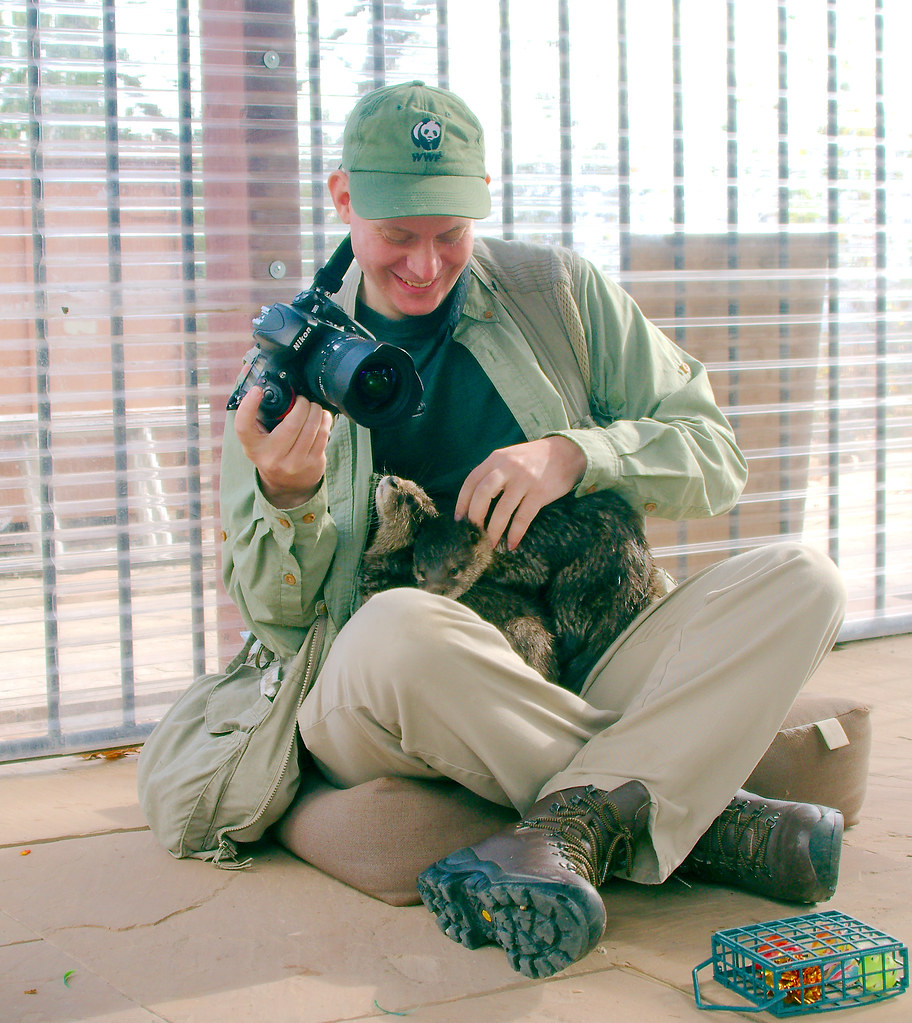
This is what I look like when I’m being prevented from taking photos by manipulative otters.
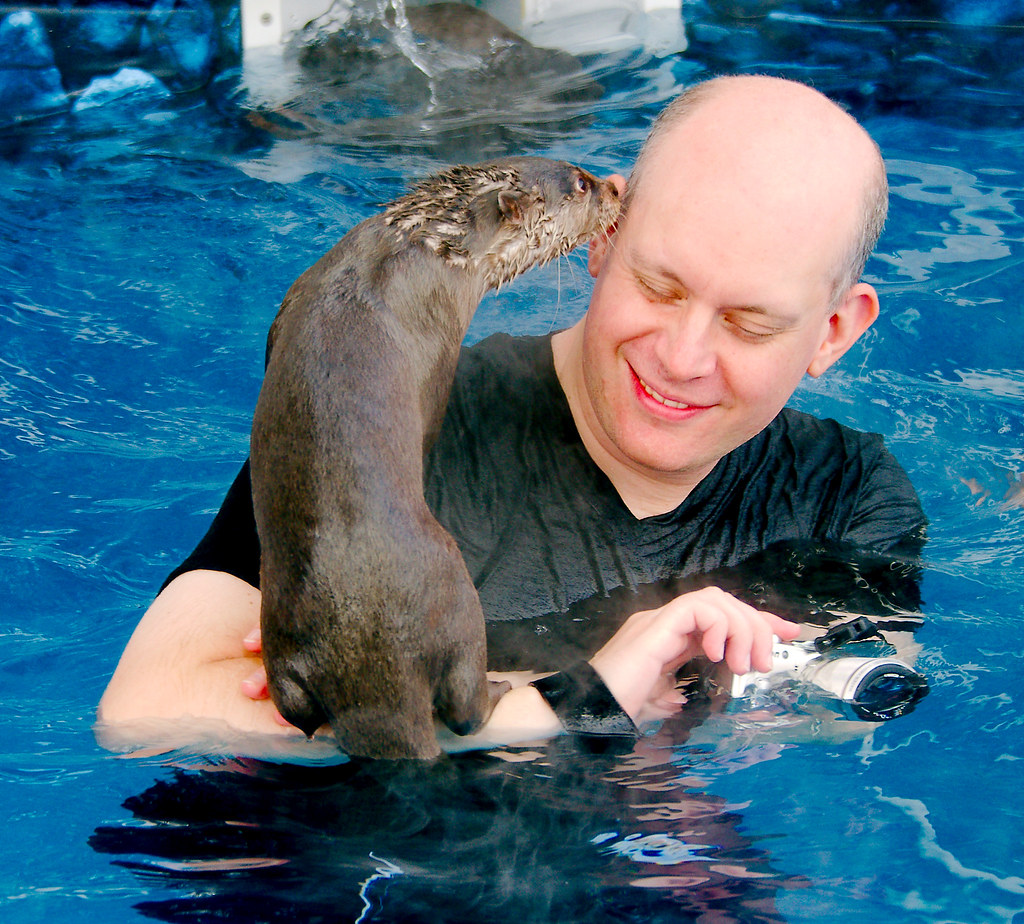
This is what I look like when I am being investigated by inquisitive otters.
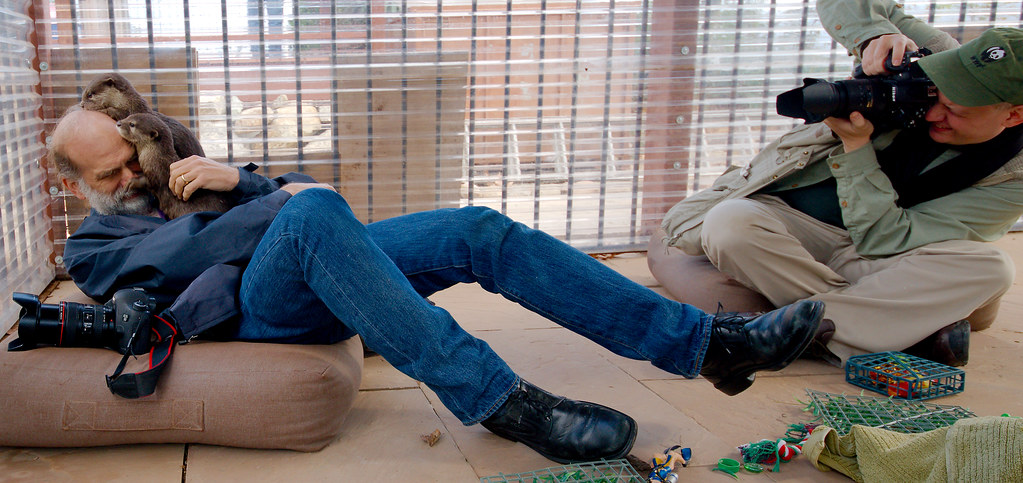
This is what I look like when I am taking photos of a friend being attacked by vicious otters.
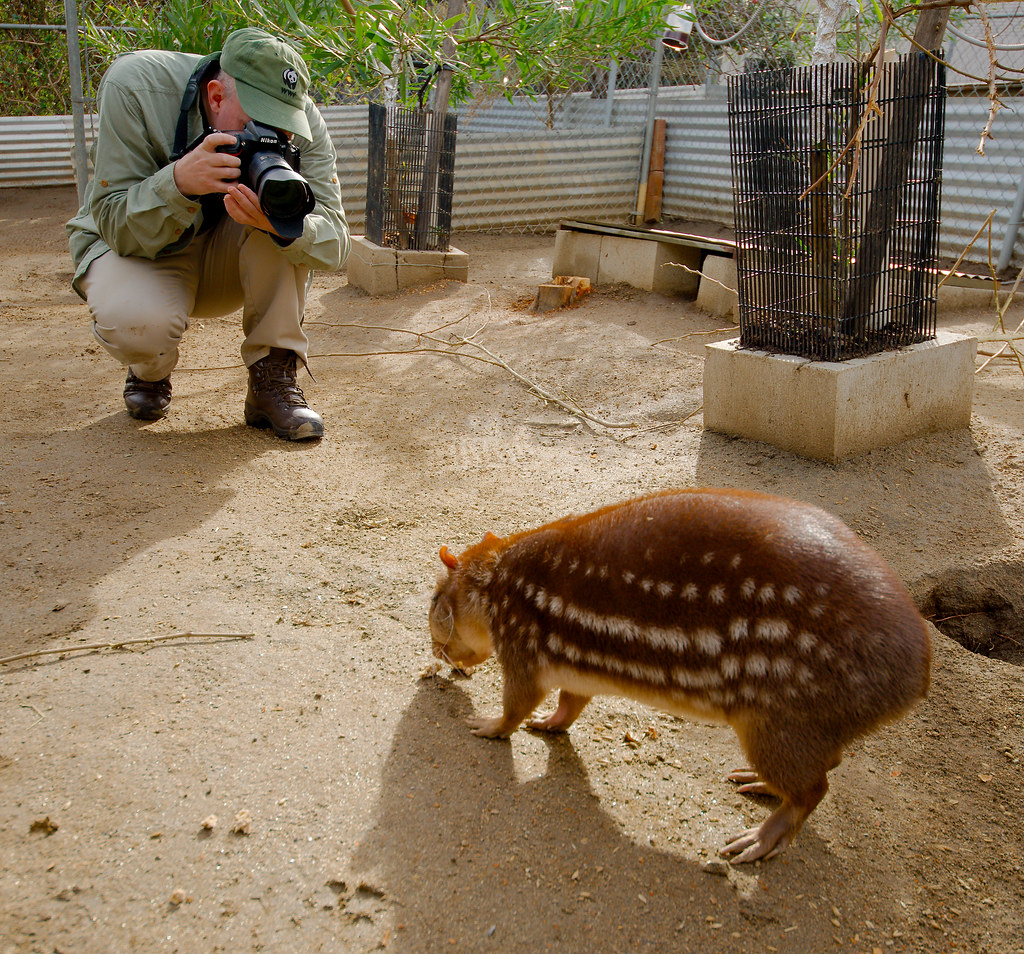
And this is what I look like most of the time when I’m off visiting zoos and such.
(All photos taken by my friend K, whose name I will not give as this is a public post and I do not have permission to share names.)
Speke’s Gazelle (Gazella spekei)
Blue Poison Frog (Dendrobates tinctorius)
Peru 2015 – River
Snake
Black and White Ruffed Lemur (Varecia variegata variegata)
Peru 2015 – Horned Screamer
Takin (Budorcas taxicolor)
Dodo Enclosure
Peru 2015 – Egret with Fish
Three-toed Amphiuma (Amphiuma tridactylum)
According to Wikipedia (2016), quoting T. Ryan Gregory (2008), quoting D. E. Comings (1972) who may or may not quoting anyone because he said it in a book instead of the Internet, the amphiuma has 25 times as much DNA as a human.
I have no idea how this is measured. It seems to me that it has to be based on a body size ratio, because an adult amphiuma averages 450g and an adult human averages 65,000g … a tad bit more. So, if it’s ratio based, is it amount of DNA material vs body mass? DNA material vs the rest of a cell? If so, which type of cell? DNA material vs material in the nucleus?
Maybe it’s just a chromosome count. Maybe it’s total amount of genes. Maybe it’s based on the length of the DNA “threads”. Maybe it’s a count of the total number of atoms in all of the DNA in an average representational nucleus.
Anyway, this is why you either need to be more careful when quoting things or put your source material where everyone can get it.





